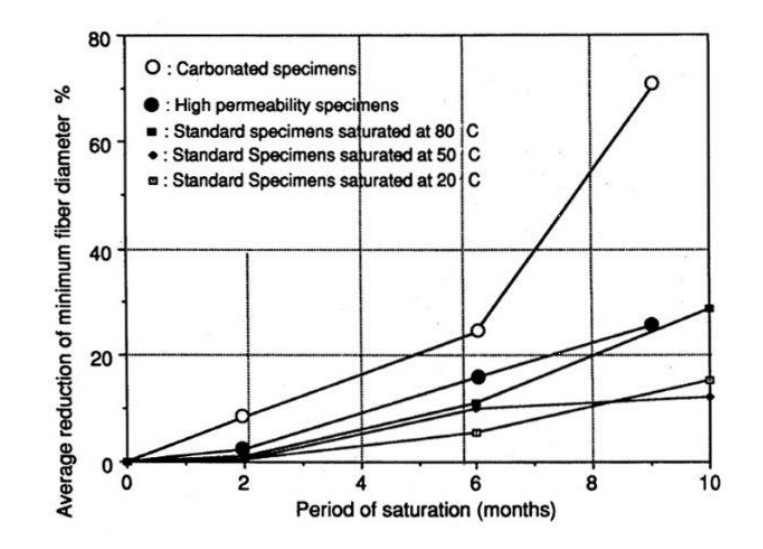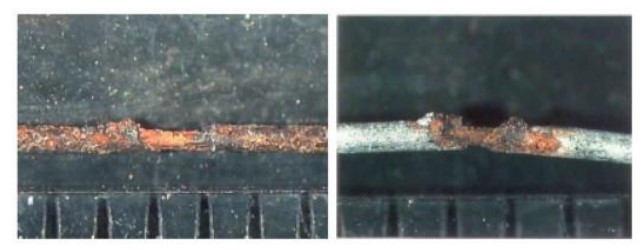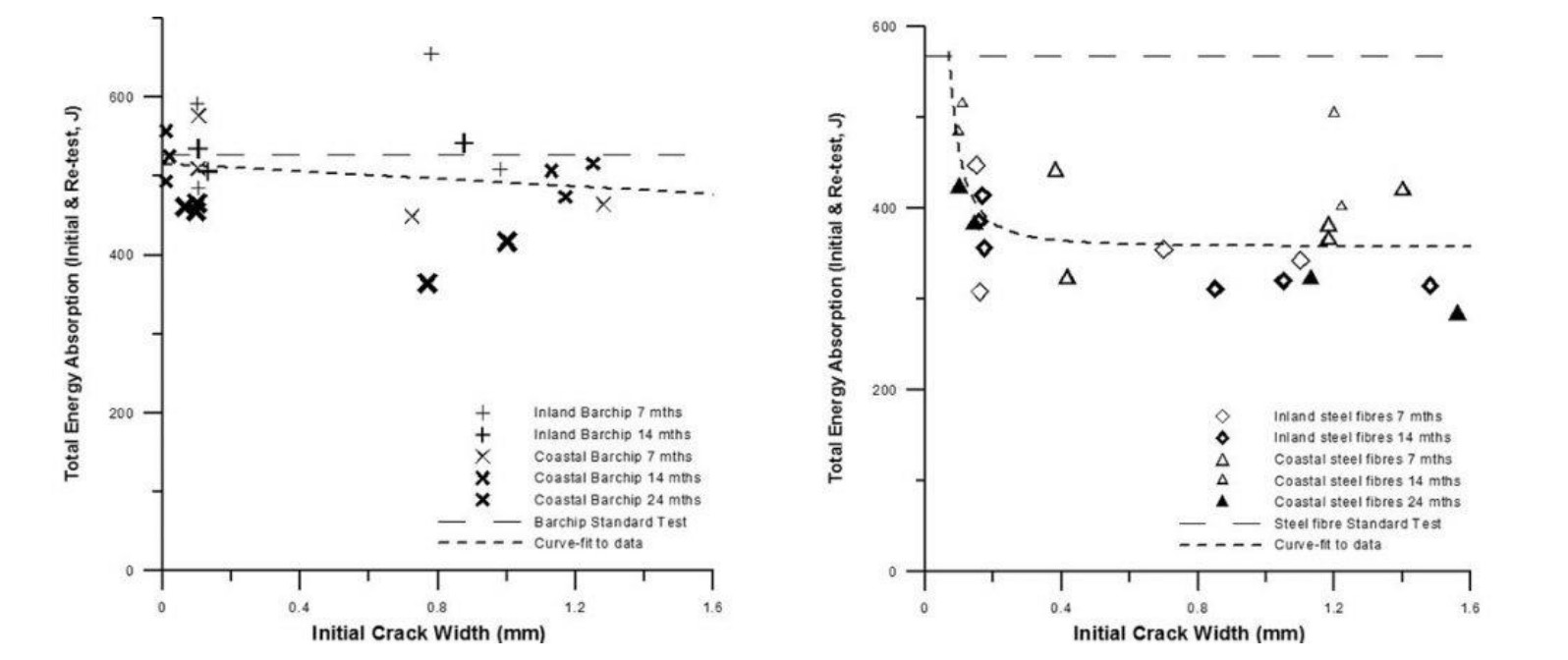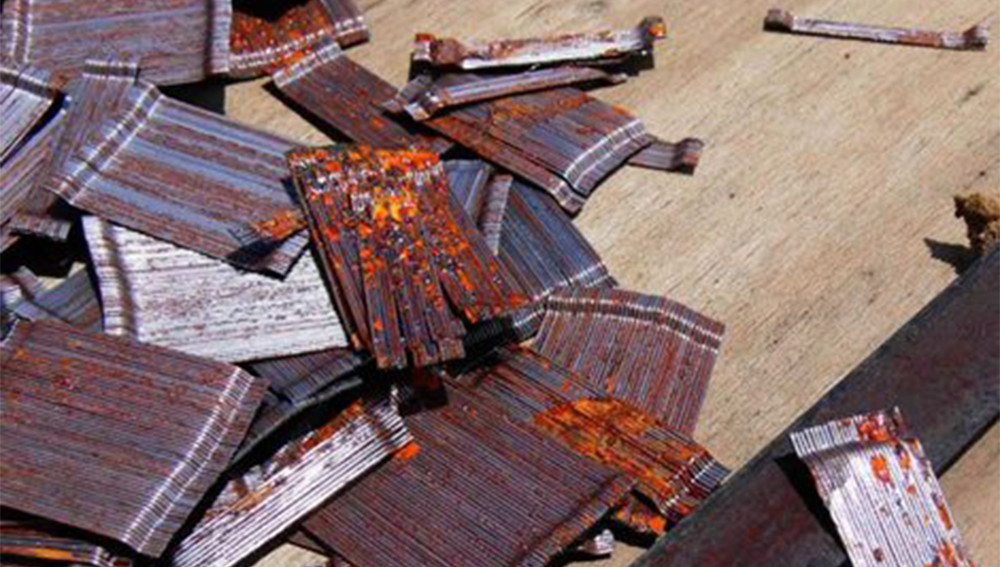One of the main factors affecting the durability of concrete is the corrosion of steel reinforcement. Consider for example that in 2016, the National Association of Corrosion Engineers (NACE) released a comprehensive report estimating the annual global cost of corrosion at 2.5 trillion dollars, with the cost in the USA alone estimated at USD 451 billion (Koch et al. 2016).
This shows that regardless of design consideration and preventative efforts (which are substantial) steel concrete reinforcement will still most likely suffer from corrosion. The prominent reasons for this are;
- Cracking of concrete;
- Carbonation and neutralization of the protective concrete cover;
- Ingress of chlorides or other chemicals into the concrete over time, reducing the alkalinity and promoting steel corrosion;
- Combinations of the above, as a typical occurrences.
Since the introduction of steel fiber reinforcement in the 1970’s a vast amount of research has been undertaken on its durability and resistance to corrosion. Early research by (Aufmuth et al. 1974, Morse and Williamson 1977) for the US Army Corps of Engineers highlighted that the performance of steel fiber reinforced concrete was dramatically affected by corrosion. (Aufmuth et al. 1974) states that;
“Fibers exposed to an aggressive environment corroded very rapidly. The rate and severity of corrosion was a function of the size of the flaw (crack)…Corrosion of the exposed fibers was very rapid requiring less than 30 days equivalent (245 hours) in the environment”
Kosa and Naaman (1990) conducted exposure tests on over 1200 FRC specimens subjected to cyclic exposure conditions. Results showed that;
- Steel fiber corrosion resulted in a reduction in fiber diameter, which was primarily responsible for losses in toughness.
- Standard specimens exposed for 6 months showed a reduction in average minimum fiber diameter of 5–11%, which increased to 12–29% after 10 months.
- It was observed that a reduction of about 30% in minimum fiber diameter led to a reduction in toughness of 40–50%.
The researchers also noted that the effect of corrosion on the minimum fiber diameter gradually changes the type of failure of the composite from typical ductile fiber pull out to fiber rupture or “corrosion induced brittle failure”.

Figure 1: Relationship between the average reduction of minimum fiber diameter and saturation period for the flexural specimens, (Kosa and Naaman 1990).
This work was continued by Kosa, Naaman and Hansen (1991) and compared the durability of four representative fiber reinforced cement composites subjected to increasing levels of exposure in sodium chloride solution, one of which was a Polypropylene synthetic fiber. This was one of the earliest comparative studies of steel and PP synthetic fibers. Confirming the previous study, results showed that;
- After 6 months’ exposure standard specimens showed a reduction of 5–20% in modified peak stress and toughness, increasing to 8–27% reduction after 10 months.
- Although all specimens saturated over 6 months suffered severe corrosion ranging from 5–70% of fiber diameter, no corrosion induced cracking was seen on the specimen surface prior to loading.
This suggests that surface appearance is no indication to the performance of the specimen. By comparison, “PFRM (PP synthetic fiber reinforced mortar) specimens exposed to similar corrosion conditions as SFRM, SIFCON and GFRM did not exhibit any significant reduction in peak stress and toughness”.
In the 2000’s research looked to test the durability of FRC in real world service environments. Nordström (2000, 2001) conducted exposure tests of FRS specimens in actual road tunnels subject to splashing water from traffic. Nordström confirmed previous research that corrosion of steel fibers resulted in a decrease in fiber diameter at the crack opening and that corrosion increased as crack width increased. As distance from the crack face increased, the level of corrosion decreased. This localized corrosion at cracks greatly reduced post crack performance. It was noted that corrosion did not affect specimens with crack widths <0.1 mm.

Figure 2: Loss of fiber diameter as a result of corrosion at the crack cross section (Nordström 2001).
The effect of crack width on the durability of FRC was also examined by Bernard (2004). Exposure testing was conducted of MSFRS and SFRS at coastal and inland sites over a two-year period. Testing showed that;
- SFRS at both the inland and the coastal sites suffered from corrosion suggesting supply of oxygen can have as significant effect as the presence of chloride ions.
- Crack widths greater than 0.1mm in SFRS specimens led to significant rates of deterioration.
- Like Kosa and Naaman (1990), Bernard also noted that corrosion induced brittle failure was evident. Over time of exposure the failure mechanism of SFRS changed from a ductile pull out into a brittle failure mode at the point of corrosion.
By contrast, MSFRS specimens showed no signs of performance loss over two years at either exposure site.

Figure 3: Post crack performance of BarChip macro synthetic fiber reinforced shotcrete is not affected by exposure or corrosion, however steel fiber suffers a substantial loss in performance after just 7 months (Bernard 2004).
Conclusions
- High quality polypropylene macro synthetic fibers do not suffer from the effects of corrosion and maintain performance regardless of known exposure conditions.
- The performance of high quality polypropylene fibers is unaffected by time or exposure in crack widths up to 5 mm.
- Uncracked SFRC specimens are largely unaffected by corrosion, however once cracks are formed performance deterioration as a result of corrosion is rapid.
- Steel fiber corrosion results in a loss of fiber diameter at the crack opening. The amount of corrosion increases as the crack width increases but decreases with distance from the crack face.
- Crack widths greater than 0.1mm lead to significant rates of deterioration as a result of corrosion, because the crack width affects the time of corrosion initiation.
- Corrosion of steel fiber reinforcement results in failure changing from a ductile pull out failure to a brittle snapping failure, causing rapid loss of toughness. This is known as corrosion induced brittle failure.
References
- Koch, K., Varney, J., Thompson, N., et al., 2016. “International Measures of Prevention, Application, and Economics of Corrosion Technologies Study”, National Association of Concrete Engineers.
- Bernard, E.S., 2013. “A review of shotcrete testing requirements for the Cheves hydro-electric project, Peru”. Report Reference: 13 – EMS -012 Cheves Hydro, prepared for Barchip South America Ltd.
- Aufmuth, R.E., Naus, D.J., Williamson, G.R., 1974. “Effect of aggressive environments on steel fiber reinforced concrete”, Construction Engineering Research Laboratory, Technical Report M-113, Champaign, Illinois, November 1974.
- Morse, D.C., Williamson, G.R., 1977. “Corrosion behaviour of steel fibrous concrete”, Department of the Army, Construction Engineering Research Laboratory, Technical Report M-217, Champaign, Illinois, May 1977.
- Kosa, K. and Naaman, A.E., 1990. “Corrosion of Steel Fiber Reinforced Concrete”, ACI Materials, 87 (1), Jan-Feb, pp. 27-37.
- Kosa, K., Naaman, A.E. and Hansen. W., 1991. “Durability of fiber reinforced mortar”, ACI Materials, 88 (3), May-Jun, pp. 310-319.
- Nordström, E., 2000. “Steel fiber corrosion in cracks – Durability of sprayed concrete”, Licentiate Thesis, Lulea University of Technology.
- Nordström, E., 2001. “Durability of steel fiber reinforced shotcrete with regard to corrosion”, Shotcrete: Engineering Developments, Bernard (ed.), pp213-217, Swets & Zeitlinger, Lisse.
- Bernard, E.S., 2004. “Durability of cracked fiber reinforced shotcrete”, Shotcrete: More Engineering Developments, Bernard (ed.), pp. 59-66, Taylor & Francis, London.





